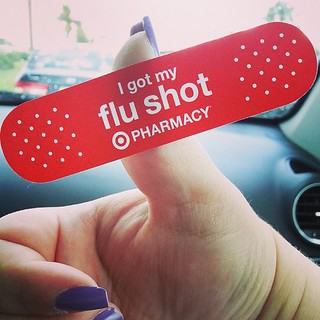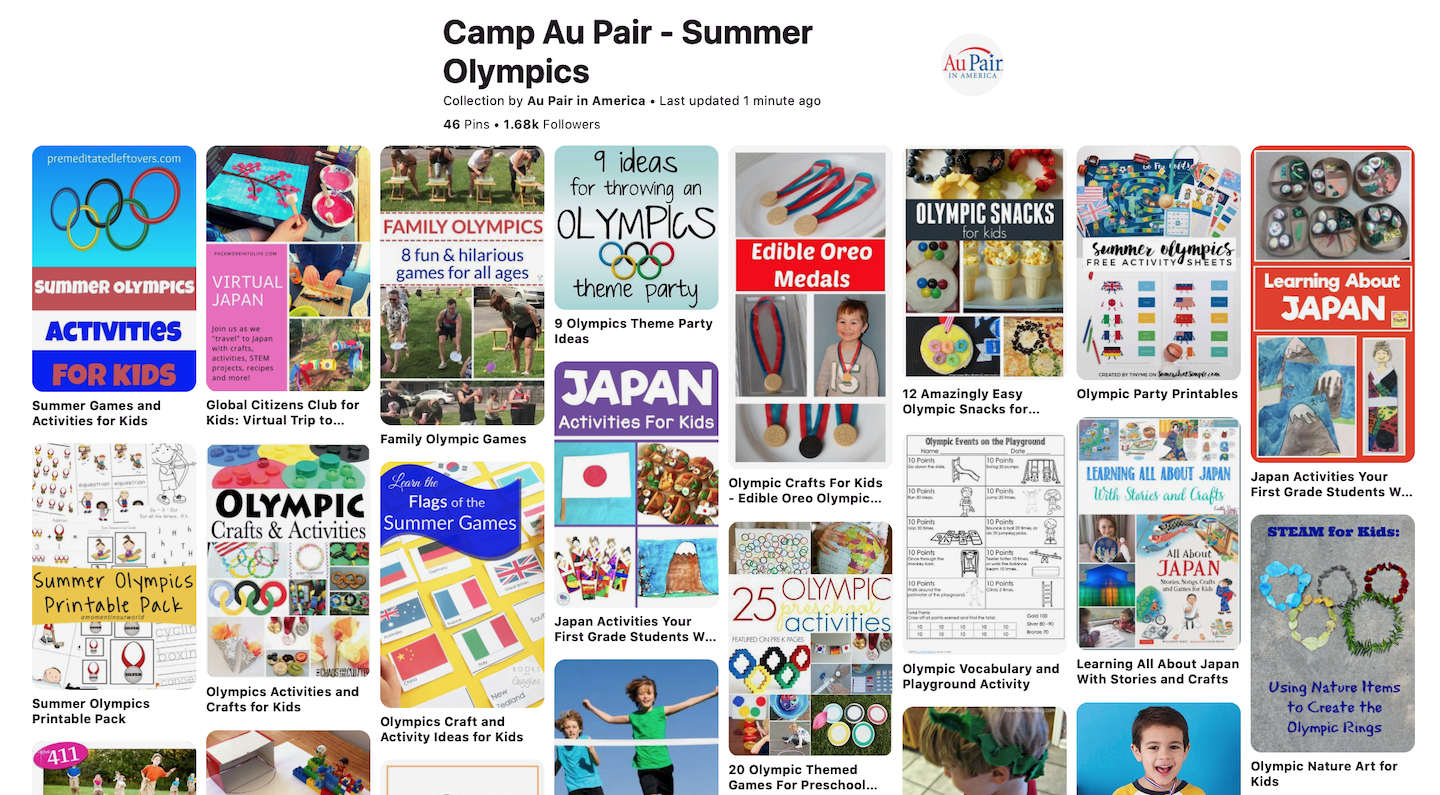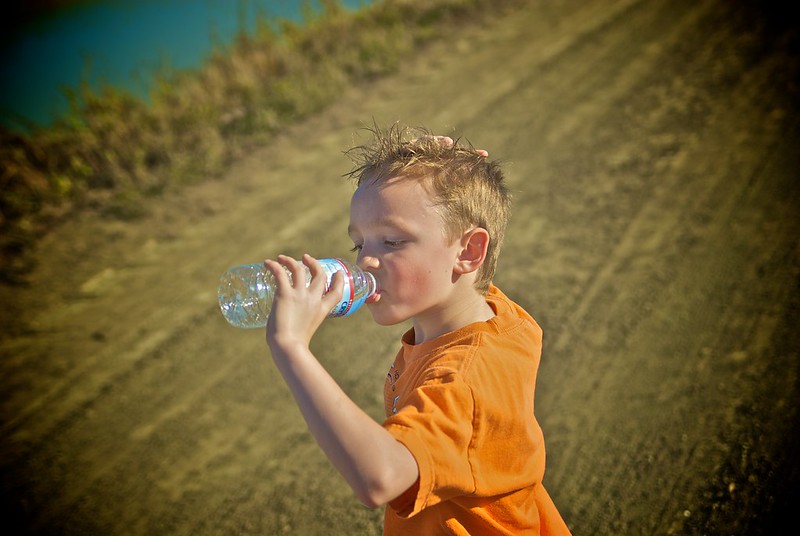We’re in that time of year where Maryland temperatures start dipping a little lower. It can be 70°F (21°C) one day and 40°F (4°C) the next. This is a time when many people begin to opt for indoor activities instead of outdoor ones. As the pandemic continues, we may be rethinking that this year. CDC guidelines state that outdoor gatherings and activities are generally safer than indoor ones.
There is a Scandinavian saying about this…

If you come from a warmer climate this may sound impossible to you. Over the years I have noticed that the temperature difference is much easier on those who have a gradual adjustment. It allows your body time to adjust to the lower temperatures. So, that’s the good news for all of you who are already here. Your body is already getting adjusted, give your mind a chance to stay open to enjoying the outdoors.
The next thing to do is get yourself the proper clothing and accessories. Start shopping for cold weather clothing: sweater, coat, gloves, hat, scarf, long underwear & boots. Ask your host family if they have some you can use and then start looking out for sales and checking thrift shops for the rest. Take a look at what you already have and think of ways to layer it. A long sleeve t-shirt under a sweatshirt may be as warm as a jacket. A pair of leggings or tights under a pair of jeans adds a lot of warmth.
It may also help to remind yourself that people in other parts of the U.S. and other countries experience much colder temperatures than we do and are still able to enjoy the outdoors.
Pick your activities carefully. If you are sitting next to a fire pit or doing physical activity you will feel warmer. When you take the kids to the playground or out in the snow, don’t sit on the bench and watch. You will feel warmer and have more fun if you are actively involved and having fun with them.
If you have tips on enjoying the cold weather, please share them!
CONTEST: The first au pair in our cluster to message Christine or Lisa with their favorite cold weather activity will win a prize!
Image: Canva.com




 Many au pairs and host families are looking for places to get flu shots this time of year. Au Pair insurance does not cover immunizations, but there are lots of places to get flu shots for $35 or less. If the host family is urging their au pair to get the seasonal flu shot and she agrees to get it, the host family would be responsible for the expense.
Many au pairs and host families are looking for places to get flu shots this time of year. Au Pair insurance does not cover immunizations, but there are lots of places to get flu shots for $35 or less. If the host family is urging their au pair to get the seasonal flu shot and she agrees to get it, the host family would be responsible for the expense. Almost everyone experiences culture shock and homesickness when they come to a completely new environment. Everything is different: the language, the food, and the people.
Almost everyone experiences culture shock and homesickness when they come to a completely new environment. Everything is different: the language, the food, and the people. As you may be aware, the public school children are out of school several days in September and October. These are regular workdays for an au pair, unless your host parents tell you otherwise. As with any “school holiday” start making plans for activities with the kids now.
As you may be aware, the public school children are out of school several days in September and October. These are regular workdays for an au pair, unless your host parents tell you otherwise. As with any “school holiday” start making plans for activities with the kids now.



